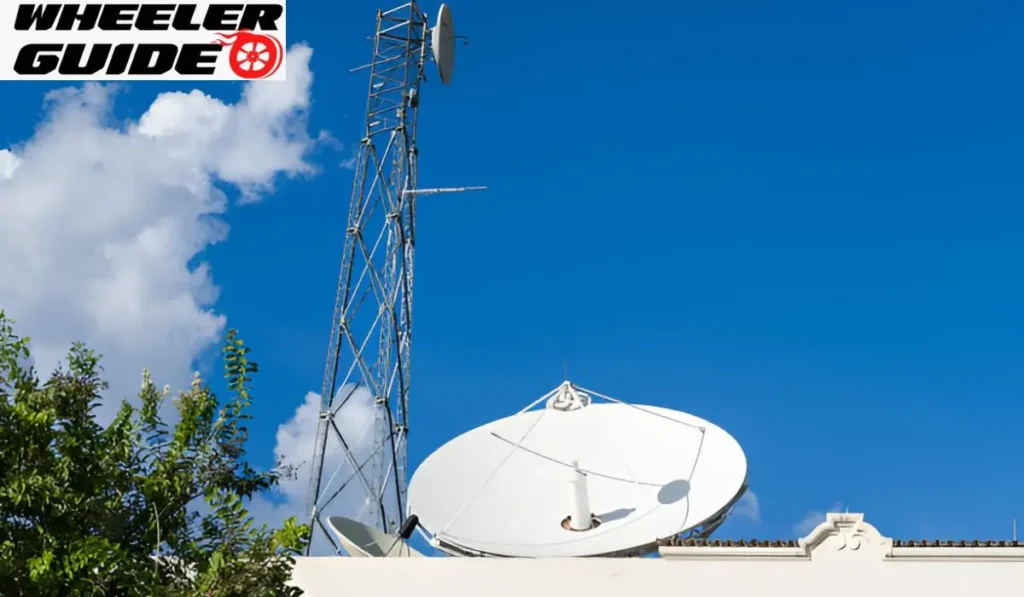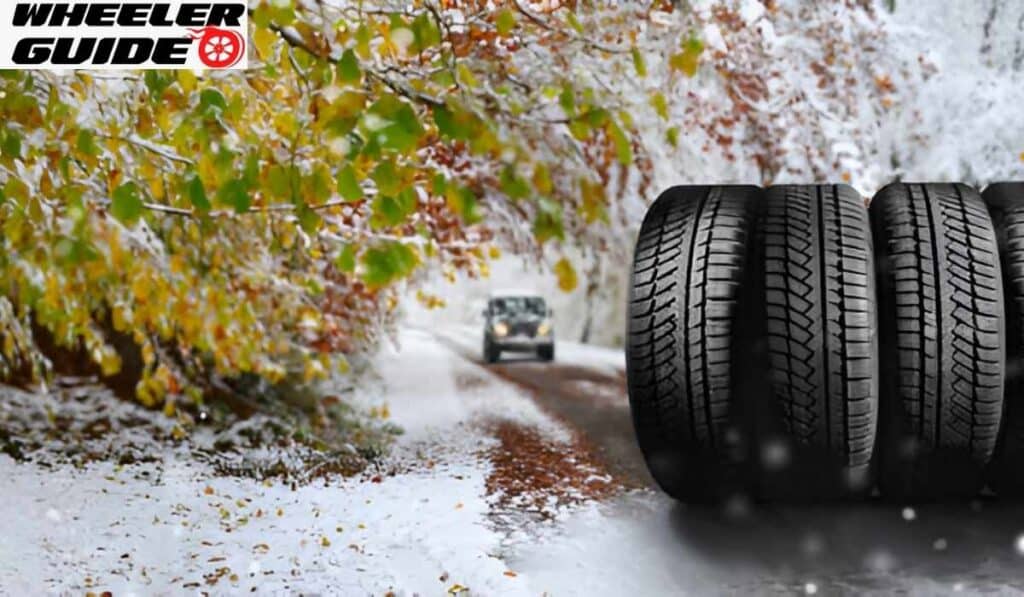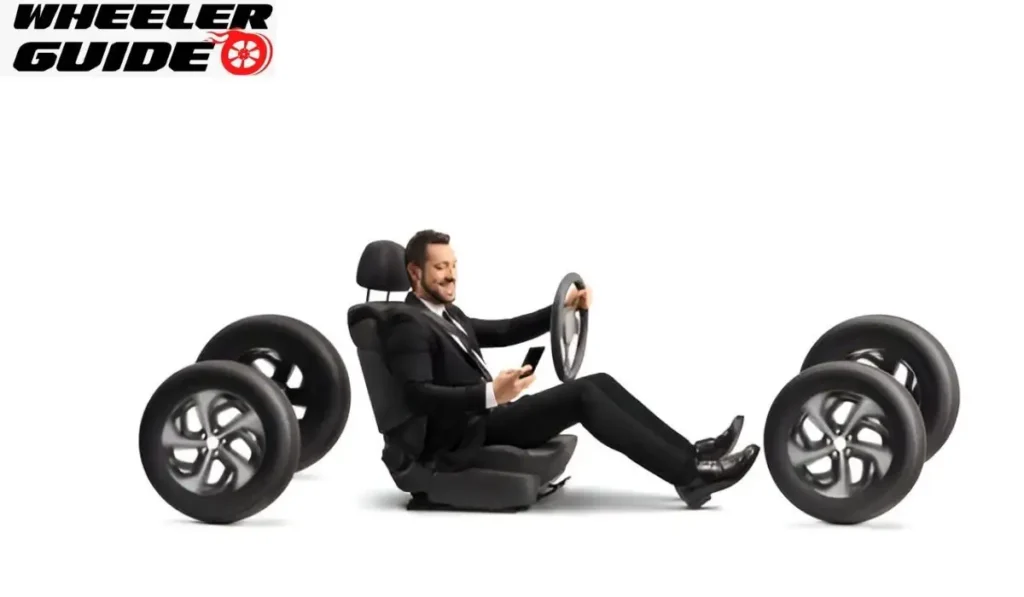Choosing the right radar detector can make a big difference for drivers who want to avoid speeding tickets. The Uniden R4 and R7 are two popular models that offer great features. Both detect radar signals well, but they have some key differences.
The Uniden R4 has a better range and sensitivity than the R7, making it the top performer for long-distance detection. The R4 is also smaller and lighter, which some drivers prefer. But the R7 has directional arrows that show where radar signals are coming from. This feature helps drivers pinpoint the source of threats more easily.
Key Takeaways
- The R4 offers longer-range detection and improved sensitivity
- Directional arrows on the R7 help locate radar sources
- Both models filter out false alerts, but the R4 does it better
Design and Build Quality
The Uniden R4 and R7 radar detectors have distinct physical characteristics and user interfaces. Both models offer durable construction but differ in size, weight, and display features.
Physical Comparison
The Uniden R4 has a compact and lightweight design, making it easy to move between vehicles. It’s smaller than the R7, which some drivers may prefer for discreet mounting.
The R7 is larger and heavier than the R4. This gives it a more substantial presence on the windshield. The R7’s bigger size allows for a larger display, which can be easier to read at a glance.
Both models feature sturdy construction that feels durable. The R4 and R7 can withstand regular use and the vibrations typical in a vehicle environment.
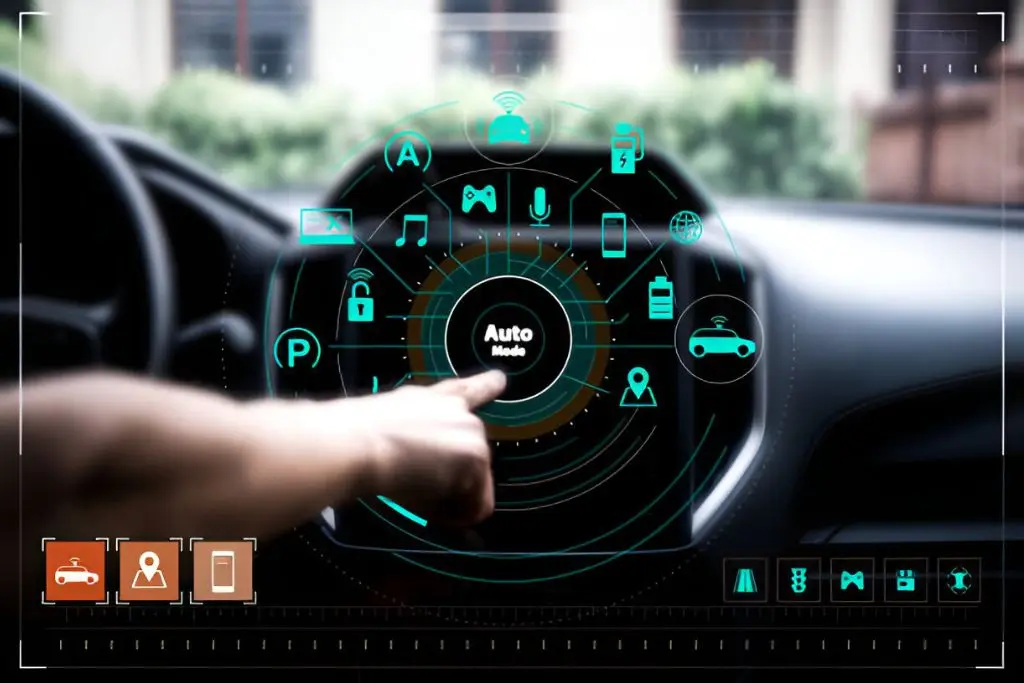
Display and User Interface
The R4 sports a refreshed design with more angular features and larger top buttons. This update improves usability, making it easier to operate while driving.
The R7’s larger size allows for a bigger display. This can make it easier to read alerts and information quickly. The R7 also includes directional arrows, which help pinpoint the source of radar signals.
Both models have clear, easy-to-read displays. The user interface on each is designed for quick understanding of alerts and settings adjustments while on the road.
Technical Specifications
The Uniden R4 and R7 radar detectors have key differences in their technical capabilities. These include detection range, false alert filtering, and frequency band coverage.
Sensitivity and Detection Range
The Uniden R4 offers excellent range and sensitivity. It uses advanced technology to detect radar signals from far away. The R4 has a single antenna design that scans in all directions.
The R7 also has great range, but it’s slightly less than the R4. It uses dual antennas – one for the front and one for the rear. This design helps with directional alerts.
Both models use dual Low Noise Amplifiers (LNAs) to boost weak signals. This helps them detect radar from long distances. The R4’s newer design gives it a slight edge in extreme conditions.
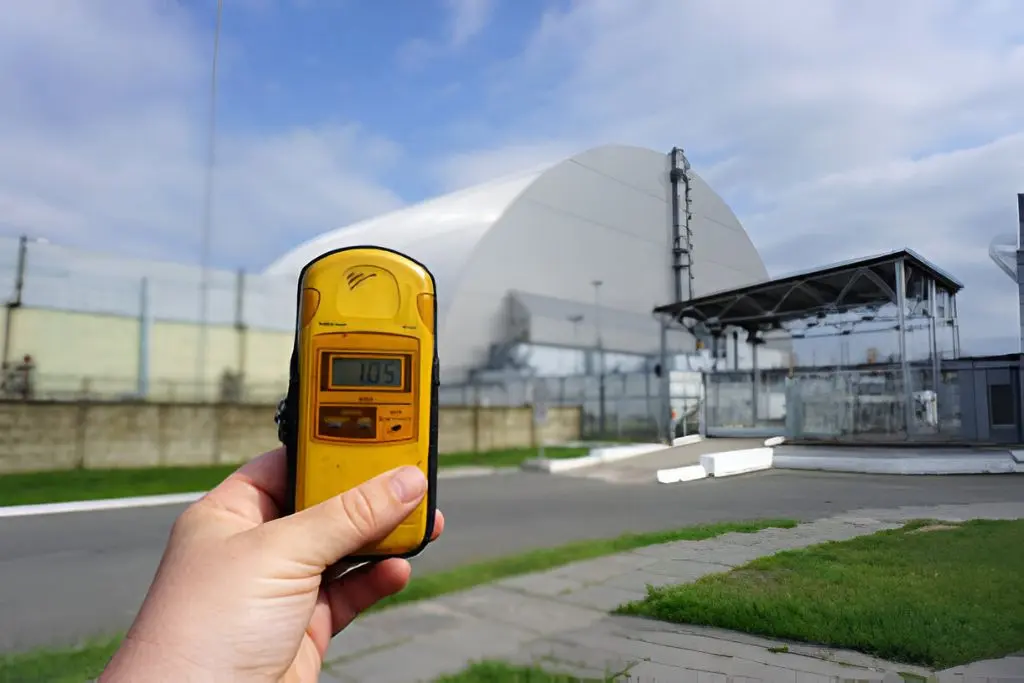
False Alert Filtering Technologies
Both the R4 and R7 have systems to reduce false alerts. The R4 has more advanced filtering. It does a better job of ignoring signals from car safety systems like lane departure warnings.
The R7 can filter some of these signals too. But it’s not as quick or accurate as the R4. Both detectors use GPS to learn and remember false alert locations.
They also have auto-mute features. These lower the volume of alerts after the initial warning. This helps reduce distractions while driving.
Frequency Band Coverage and Detection
The R4 and R7 can detect all major radar bands used by police. These include X, K, Ka, and MRCD/MRCT. They also detect laser (LIDAR) signals.
The R4 has improved Ka-band segmentation. This helps it find radar guns faster and more accurately. It also has better MRCD/MRCT detection for catching newer, harder-to-spot radar types.
Both models offer good K-band performance. But the R4’s newer design may give it an edge in some situations. The R7’s dual antennas can help pinpoint where signals are coming from.
Feature Set and Modes
The Uniden R4 and R7 differ in their features and modes. These differences affect how users interact with the devices and their overall performance.
Connectivity and Integration
The Uniden R7 offers Bluetooth connectivity, allowing it to link with smartphones. This feature enables firmware updates and integration with apps for enhanced functionality.
The R4 lacks Bluetooth, limiting its connectivity options. Users must rely on manual updates for the R4’s firmware.
Both models have USB ports for updates and data transfer. The R7’s larger display makes it easier to read alerts and settings at a glance.
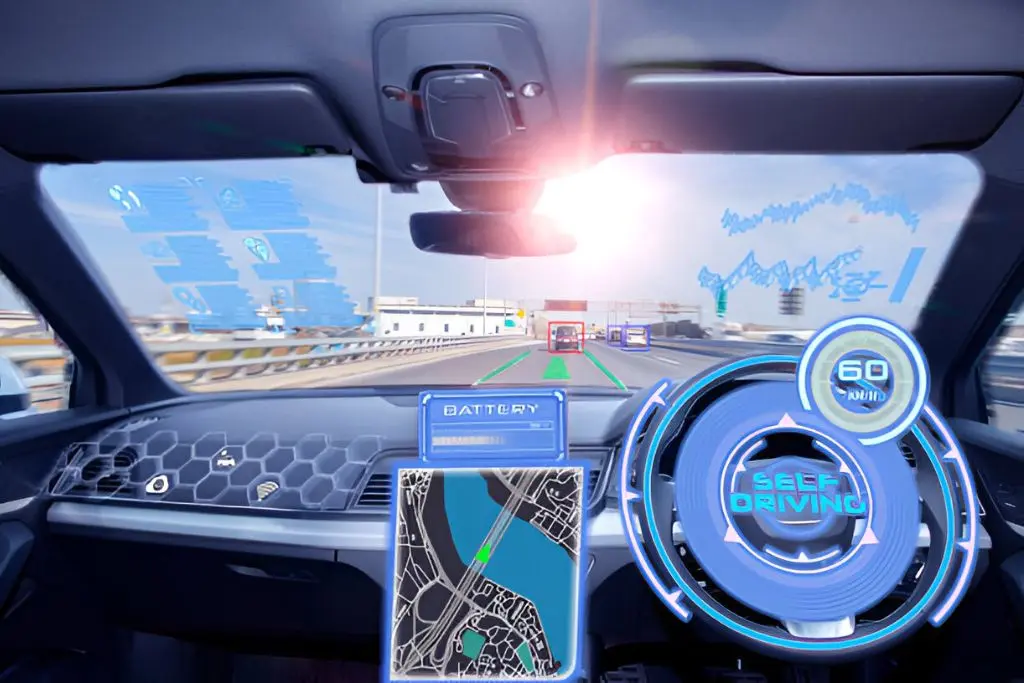
Driving Modes and User Experience
The R4 and R7 both offer various driving modes to suit different conditions. The R4 introduces an Auto Mode that adjusts sensitivity based on vehicle speed.
Highway mode increases sensitivity for open road driving. City mode reduces false alerts in urban areas.
The R7 includes directional arrows to indicate the source of radar signals. This feature helps drivers quickly identify threat locations.
Both devices use voice alerts to minimize distraction. The R7’s larger buttons improve ease of use while driving.
Comparative Performance Analysis
The Uniden R4 and R7 radar detectors show key differences in their detection capabilities and features. Both models offer strong performance but excel in different areas.
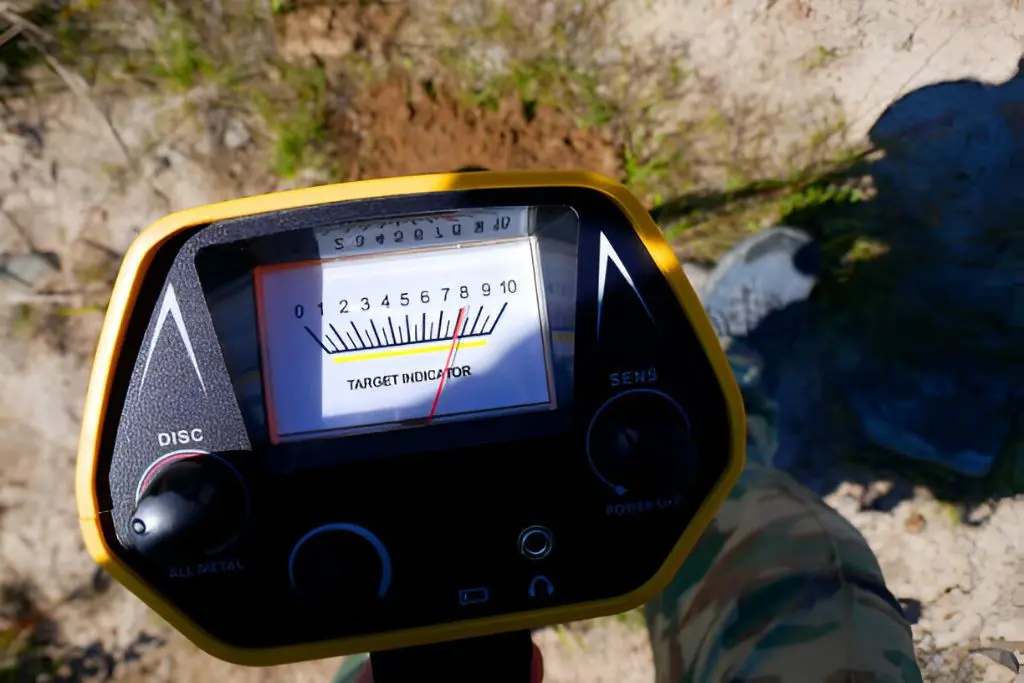
Real-World Testing Results
The Uniden R4 provides better range and sensitivity compared to the R7 in most situations. It performs exceptionally well in challenging environments and varied terrains. The R4’s improved low-noise amplifiers contribute to its superior detection abilities.
The R7, while slightly behind in range, still offers solid performance for most drivers. Its built-in GPS functionality gives it an edge in certain scenarios.
For X-band detection, both units perform similarly. However, the R4 shows improved false alert filtering, especially for the K and Ka bands.
Pros and Cons
R4 Pros:
- Longer detection range
- Better false alert filtering
- Improved sensitivity in challenging environments
R4 Cons:
- Lacks directional arrows
- No built-in GPS
R7 Pros:
- Directional arrows for threat location
- Built-in GPS functionality
- Good overall performance
R7 Cons:
- Slightly shorter range than R4
- More false alerts compared to R4
The R4 excels in raw performance and false alert reduction. The R7 offers useful features like GPS and directional arrows at the cost of a slightly reduced range.
Frequently Asked Questions
What are the key differences in specifications between the Uniden R4 and Uniden R7?
The Uniden R4 and R7 have different designs and functionalities. The R4 is more compact and lightweight, making it easier to move between vehicles. The R7 has dual antennas, while the R4 has a single antenna.
The R7 offers directional arrows for alert indications, a feature not present in the R4.
How do the ranges of the Uniden R4 and R7 radar detectors compare?
The Uniden R4 generally has a slightly longer range than the R7. However, both detectors offer excellent range capabilities for most practical situations.
In challenging environments, the R4 might have a slight edge in detection distance.
Are there any exclusive features provided by the Uniden R7 that the R4 does not have?
The Uniden R7 has directional arrows, which the R4 lacks. These arrows help users identify the direction of radar signals.
The R7’s dual antennas allow for front and rear detection, enhancing its ability to locate radar sources.
Which radar detector has a better price-performance ratio, the Uniden R4 or R7?
The Uniden R4 often provides better value for money. It offers superior false alert filtering and similar range capabilities to the R7 at a lower price point.
The R7’s additional features, like directional arrows, may justify its higher cost for some users.
How does the user experience differ when using the Uniden R4 versus the Uniden R7 according to community forums?
Users report that the R4 is easier to use and set up. Its false alert filtering is more effective, leading to fewer unnecessary interruptions while driving.
The R7’s directional arrows are appreciated by some users for providing more detailed information about radar sources.
Do both the Uniden R4 and R7 come equipped with directional arrows for alert indications?
Only the Uniden R7 has directional arrows. This feature helps drivers identify the direction of radar signals.
The R4 does not have directional arrows, but it compensates with better false alert filtering and a longer range in some situations.
